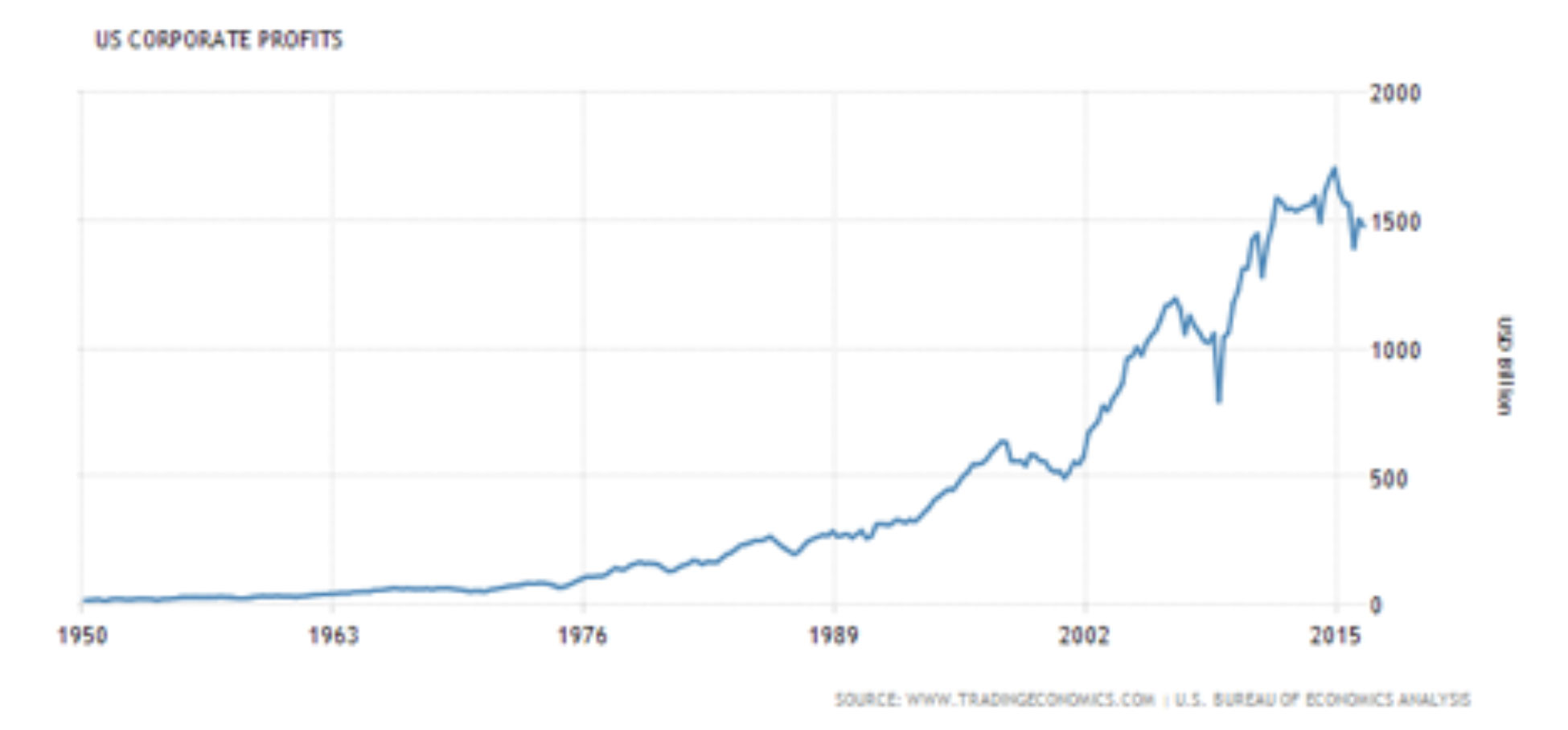rebel Financial is a Registered Investment Advisor that provides retirement planning, estate planning, financial planning, and investment management services to individual and institutional clients. To get a more detailed description of the company, its management, and practices, view our (form ADV, Part2A) and Disclosures.
Fiduciary & Fee-Only Financial Advisors and Planners

 The Wilsire 5000 Total Market Index–the broadest measure of U.S. equities—gained 4.53% for the third quarter, and is now up 8.39% for the first three quarters of the year. The comparable Russell 3000 index was up 4.40% for the quarter and is sitting on 8.18% gains so far this year.
Larger companies posted the lowest gains. The Wilshire U.S. Large Cap index was up 3.92% in the third quarter of 2016, putting it at a positive 8.01% since the beginning of January. The Russell 1000 large-cap index provided a 4.03% return over the past quarter, with a gain of 7.92% so far this year, while the widely-quoted S&P 500 index of large company stocks posted a gain of 3.31% in the third quarter, and is up 6.08% for the year so far.
Meanwhile, the Wilshire U.S. Mid-Cap index was up 4.35% for the quarter, and is sitting on a positive gain of 11.31% for the year. The comparable Russell Midcap Index gained 4.52% for the quarter, and is up 10.26% for the year.
Small company stocks, as measured by the Wilshire U.S. Small-Cap index, gave investors a 7.67% return during the third quarter, up 13.03% so far this year. The comparable Russell 2000 Small-Cap Index gained 9.05%, posting an 11.46% gain so far this year, while the technology-heavy Nasdaq Composite Index gained 9.67% for the quarter and is up 6.06% heading into the final quarter of 2016.
The Wilsire 5000 Total Market Index–the broadest measure of U.S. equities—gained 4.53% for the third quarter, and is now up 8.39% for the first three quarters of the year. The comparable Russell 3000 index was up 4.40% for the quarter and is sitting on 8.18% gains so far this year.
Larger companies posted the lowest gains. The Wilshire U.S. Large Cap index was up 3.92% in the third quarter of 2016, putting it at a positive 8.01% since the beginning of January. The Russell 1000 large-cap index provided a 4.03% return over the past quarter, with a gain of 7.92% so far this year, while the widely-quoted S&P 500 index of large company stocks posted a gain of 3.31% in the third quarter, and is up 6.08% for the year so far.
Meanwhile, the Wilshire U.S. Mid-Cap index was up 4.35% for the quarter, and is sitting on a positive gain of 11.31% for the year. The comparable Russell Midcap Index gained 4.52% for the quarter, and is up 10.26% for the year.
Small company stocks, as measured by the Wilshire U.S. Small-Cap index, gave investors a 7.67% return during the third quarter, up 13.03% so far this year. The comparable Russell 2000 Small-Cap Index gained 9.05%, posting an 11.46% gain so far this year, while the technology-heavy Nasdaq Composite Index gained 9.67% for the quarter and is up 6.06% heading into the final quarter of 2016.






